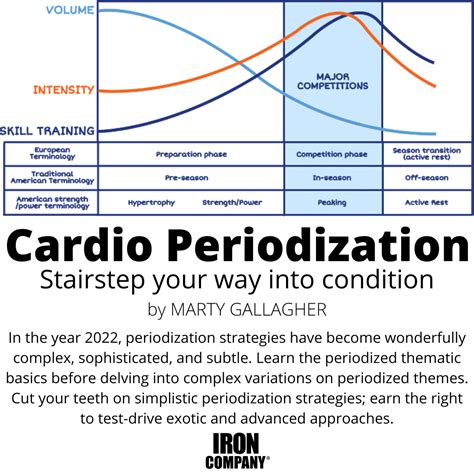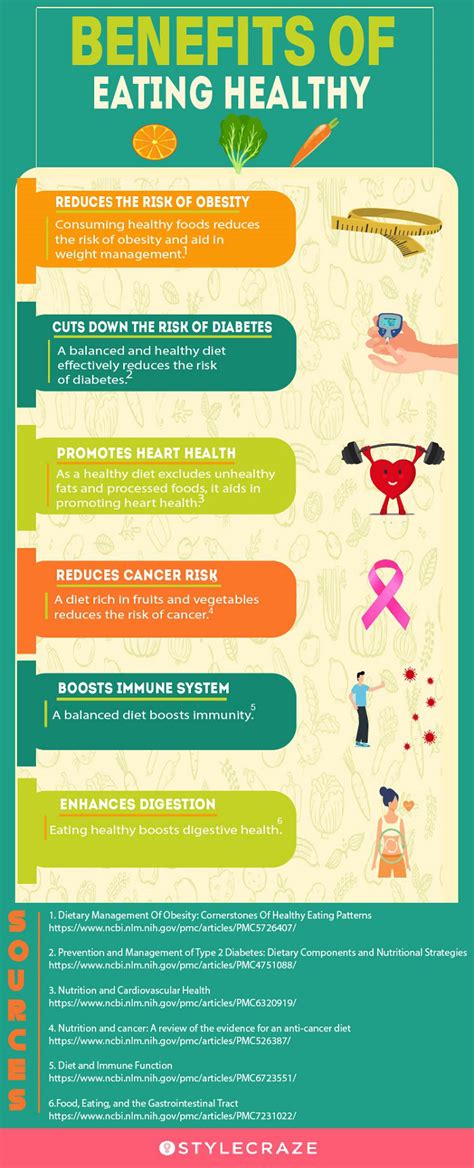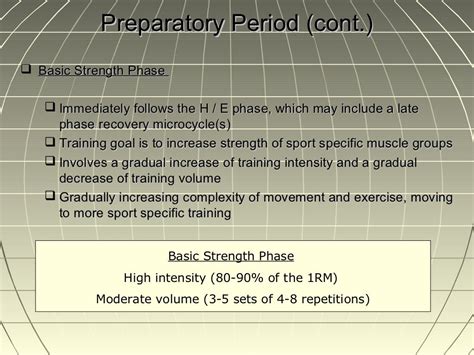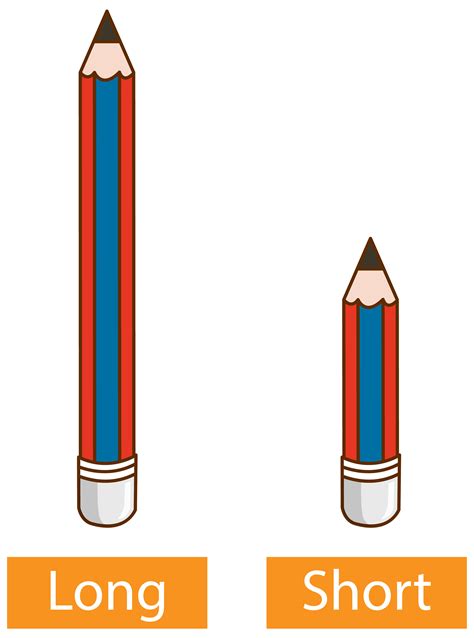What periodization strategy optimizes strength & hypertrophy without burnout?

For anyone serious about building muscle and getting stronger, simply showing up to the gym isn’t enough. To truly optimize progress and avoid the dreaded plateau or, worse, burnout, a strategic approach to training is essential. This strategy is known as periodization – the systematic organization of training variables over time.
The goal of periodization is to manage training stress effectively, allowing for consistent progress in both strength and hypertrophy while providing adequate recovery. But with various models available, which one strikes the perfect balance?

Understanding Core Periodization Models
Linear Periodization (LP)
Linear periodization is perhaps the most traditional approach, characterized by a gradual progression from high-volume, low-intensity training to low-volume, high-intensity training over a macrocycle (typically 12-16 weeks). For example, you might start with 4 sets of 10-12 reps for several weeks, then transition to 3 sets of 6-8 reps, and finally 2 sets of 1-3 reps.
Pros: Simple to understand and implement, particularly effective for beginners, and allows for clear progression toward a peak.
Cons: Can lead to plateaus in either strength or hypertrophy as one variable is prioritized over the other for extended periods, and less adaptable to individual daily fluctuations in readiness.
Non-Linear or Undulating Periodization (DUP)
Unlike linear periodization, DUP involves more frequent variations in intensity and volume, often changing on a daily or weekly basis. For instance, one might train heavy on Monday (low reps, high intensity), moderate on Wednesday (moderate reps, moderate intensity), and for hypertrophy on Friday (high reps, low intensity) within the same week.
Pros: Allows for concurrent development of multiple physical qualities (strength, power, hypertrophy), more adaptable, and may keep training more engaging. It consistently exposes the body to different stimuli, potentially leading to better overall adaptations and reduced monotony.

Block Periodization
Block periodization organizes training into distinct, sequential blocks, each focusing on a specific physiological adaptation. A typical model might include an “accumulation” block (high volume, moderate intensity for hypertrophy), followed by an “intensification” block (moderate volume, high intensity for strength), and finally a “realization” or “peaking” block (low volume, very high intensity for competitive performance).
Pros: Highly effective for advanced athletes with specific competition dates, allows for a focused approach to developing particular qualities, and reduces conflicting physiological adaptations.
Cons: Less ideal for the general population or those seeking consistent concurrent gains, as it intentionally deprioritizes certain qualities during specific blocks. It also requires careful planning and may not be flexible for everyday lifters.
Key Principles for Sustained Progress Without Burnout
Regardless of the periodization model chosen, several overarching principles are crucial for optimizing gains and preventing overtraining:
Progressive Overload
This is the fundamental driver of adaptation. To continue making progress, you must consistently challenge your body by increasing the weight, reps, sets, reducing rest times, or improving technique over time. Without progressive overload, your body has no reason to adapt and grow stronger.
Strategic Deload Weeks
Deloads are planned periods of reduced training volume and/or intensity, typically lasting a week. Their purpose is to allow the body to recover fully, repair tissues, and reduce accumulated fatigue, preventing overtraining and preparing you for the next intense training phase. They are not a sign of weakness but a smart long-term strategy.

Individualization
No two individuals respond identically to the same training stimulus. Factors like genetics, training experience, recovery capacity, sleep quality, and stress levels all influence how a program affects you. A successful periodization strategy must be flexible enough to be tailored to individual needs and responses.
Holistic Recovery (Nutrition & Sleep)
Training breaks down muscle; recovery builds it back stronger. Adequate protein intake, sufficient calories, and quality sleep (7-9 hours per night) are non-negotiable for muscle growth, strength gains, and preventing burnout. These factors are as important as the training itself.
Which Strategy Optimizes Strength & Hypertrophy Without Burnout?
For most intermediate to advanced lifters aiming for concurrent gains in both strength and hypertrophy, Undulating Periodization (DUP) often emerges as a highly effective strategy. Its inherent variability allows for regular exposure to different rep ranges and intensities, stimulating both muscle growth and strength adaptations simultaneously. This consistent change also helps to keep training fresh and reduce mental staleness, a common precursor to burnout.
However, for beginners, a simpler Linear Periodization model can be highly effective due to rapid initial adaptations. Advanced athletes with very specific peaking goals might benefit most from Block Periodization.

The “best” strategy is ultimately the one you can adhere to consistently, that provides adequate progressive overload, and allows for sufficient recovery. A hybrid approach, incorporating elements from different models, can also be highly effective. For example, using DUP within a larger macrocycle that includes planned deload weeks and an overall progression similar to a linear model.
Practical Tips for Avoiding Burnout
- Listen to Your Body: Pay attention to persistent fatigue, poor sleep, or a decline in performance. These are red flags.
- Implement RPE/RIR: Use Ratings of Perceived Exertion or Reps In Reserve to autoregulate your training based on daily readiness.
- Vary Exercises: While fundamentals are key, incorporating accessory exercises and varying movements can prevent overuse injuries and boredom.
- Prioritize Sleep: Make sleep a non-negotiable part of your recovery protocol.
- Manage Stress: High-stress lifestyles impact recovery significantly.

Conclusion
Optimizing strength and hypertrophy while sidestepping burnout requires more than just hard work; it demands smart work. Periodization provides the framework for this intelligent training. While Undulating Periodization often stands out for its versatility in promoting concurrent gains and preventing monotony, the most effective strategy is ultimately a personalized, flexible plan that integrates progressive overload, strategic deloads, and a robust focus on recovery. By embracing these principles, you can build a sustainable path to long-term strength and muscle development, free from the pitfalls of overtraining and mental fatigue.








